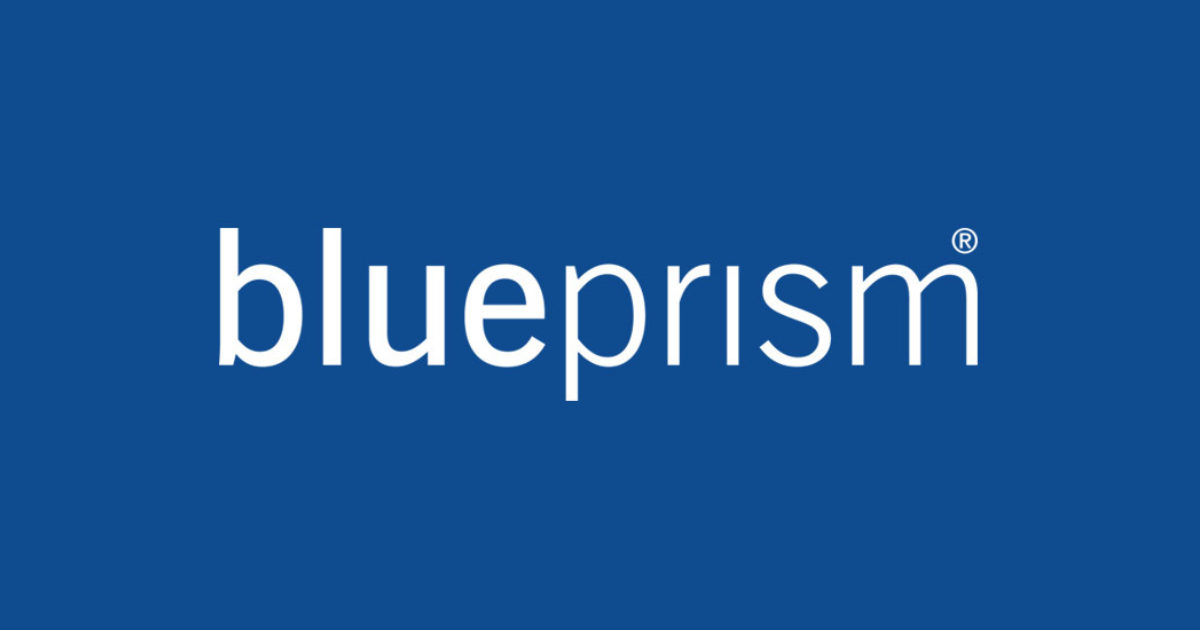Description
Introduction of Agile Testing
Agile Testing is a crucial component of Agile software development. This training focuses on Agile testing methodologies, frameworks, techniques, and best practices. Participants will learn how Agile testing differs from traditional testing and gain hands-on experience in testing throughout the Agile development cycle, including continuous integration, automated testing, and collaboration with cross-functional teams. By adopting Agile testing practices, teams can deliver high-quality software faster and more efficiently.
Prerequisites:
- Basic knowledge of Agile methodologies (Scrum, Kanban, etc.).
- Familiarity with software development processes and lifecycle.
- Understanding of manual testing practices.
- Exposure to test automation concepts (helpful but not mandatory).
Table of Contents
- Introduction
1.1 Overview of Agile Testing
1.2 Importance of Agile Testing in Modern Software Development
1.3 Differences Between Traditional Testing and Agile Testing - Core Principles of Agile Testing
2.1 Collaboration Over Documentation
2.2 Continuous Feedback and Improvement
2.3 Testing Early and Often(Ref: Microservices Patterns: Architecture and Design Principles)
2.4 Embracing Change and Flexibility
2.5 Test-Driven Development (TDD) and Agile Testing - Agile Testing Frameworks and Methodologies
3.1 Scrum and Agile Testing Practices
3.2 Kanban and Continuous Delivery
3.3 Extreme Programming (XP) and Testing
3.4 Feature-Driven Development (FDD) and Agile Testing - Key Agile Testing Techniques
4.1 Test-Driven Development (TDD)
4.2 Behavior-Driven Development (BDD)
4.3 Exploratory Testing
4.4 Pair Testing
4.5 Acceptance Test-Driven Development (ATDD)
4.6 Regression Testing in Agile - Agile Testing Lifecycle
5.1 Planning and Estimating Test Efforts in Agile
5.2 Defining Test Scenarios and Test Cases in Agile
5.3 Running Tests in Short Iterations and Sprints
5.4 Continuous Integration and Testing Automation in Agile
5.5 Retrospectives and Continuous Improvement - Agile Testing Tools
6.1 Tools for Test Automation (Selenium, JUnit, TestNG)
6.2 Continuous Integration and Test Automation Tools (Jenkins, Travis CI)
6.3 BDD Tools (Cucumber, SpecFlow)
6.4 Test Management Tools for Agile Projects (JIRA, TestRail) - Collaboration and Communication in Agile Testing
7.1 Role of the Tester in Agile Teams
7.2 Communicating Test Results and Defects Effectively
7.3 Working Closely with Developers, Product Owners, and Other Stakeholders
7.4 Testing as Part of the Definition of Done - Challenges in Agile Testing
8.1 Managing Test Coverage and Quality in Rapid Development Cycles
8.2 Testing in a Continuous Delivery Pipeline
8.3 Balancing Automation and Manual Testing
8.4 Handling Legacy Code and Technical Debt
8.5 Ensuring Effective Communication in Distributed Teams - Metrics and Reporting in Agile Testing
9.1 Test Coverage and Pass Rates
9.2 Defects and Bug Tracking Metrics
9.3 Agile Testing Dashboards and Visual Reporting
9.4 Using Metrics for Continuous Improvement - Case Studies and Real-World Applications
10.1 Agile Testing in Software Development Projects
10.2 Lessons Learned from Implementing Agile Testing
10.3 Best Practices from Successful Agile Teams - Conclusion
11.1 Key Takeaways for Agile Testing
11.2 Continuous Improvement and Evolving Testing Practices
11.3 Moving Forward with Agile Testing in Your Organization
Conclusion:
Agile Testing plays a vital role in ensuring quality in Agile software development. This training equips participants with the necessary skills and tools to implement effective testing practices, collaborate with Agile teams, and continuously improve testing processes. By applying Agile testing principles, teams can enhance their delivery speed, ensure high-quality software, and successfully meet customer requirements in fast-paced development environments.







Reviews
There are no reviews yet.